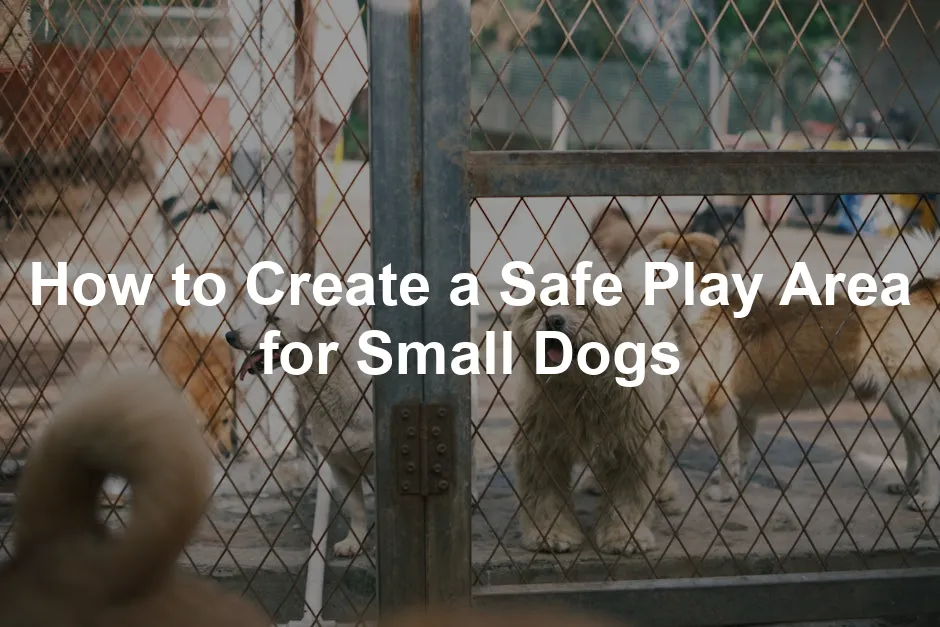Introduction
Creating a safe play area for small dogs isn’t just a luxury; it’s essential. Small dogs, with their curious nature and boundless energy, require a secure space to frolic. A designated play area promotes exercise and mental stimulation, keeping your pup happy and healthy. It’s also a perfect way to prevent accidents, especially when they’re playing with larger dogs or in unfamiliar environments.
Imagine a world where your dog can run, jump, and explore without a care. That’s the dream, right? In this guide, we’ll cover everything from understanding your dog’s unique needs to designing the perfect play setup. We’ll discuss safety, play styles, and how to keep your furry friend engaged. So, grab your leash and let’s get to it!
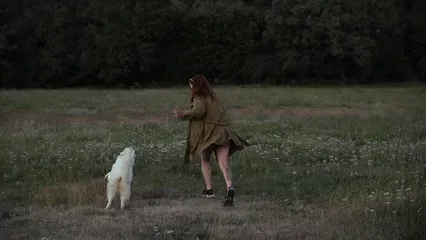
Understanding Your Dog’s Needs
Importance of Safety
Safety is the number one priority when setting up a play area for small dogs. Being pint-sized means they face unique risks. Larger dogs may unintentionally injure them during play. Environmental hazards, like sharp objects or toxic plants, can pose serious threats. Even seemingly innocent garden decorations could be dangerous.
Imagine your tiny pup running around, only to encounter a prickly bush or a piece of glass! Yikes! Regular inspections of the play area are critical. Check for hidden dangers and ensure everything is dog-safe. Your pup should feel secure while having fun, so keep an eye on potential hazards.
One great way to ensure your small dog is safe while enjoying their playtime is by using a PetSafe Wireless Containment System. It creates a safe boundary for your pup, giving them the freedom to roam without the fear of wandering off. Think of it as a virtual fence that keeps your furry friend out of trouble!
Recognizing Your Dog’s Play Style
Every dog has their own preferred way to play. Is your pup a chaser, a wrestler, or an explorer? Understanding their play style helps you design an area that caters to their preferences.
Chasing dogs thrive in wide-open spaces, while wrestlers might enjoy soft surfaces where they can tumble safely. Exploratory dogs need various objects to investigate. Observing your dog in action can reveal what they enjoy most. Tailor the space to fit their play style, and you’ll have a happy, entertained pup!
Incorporating their favorite toys and activities will ensure your small dog enjoys their play area to the fullest. Make it a vibrant, fun zone that reflects their personality! After all, a happy dog means a happy owner. To keep your pup engaged, consider toys like the Outward Hound Hide-A-Squirrel Puzzle Toy. This interactive toy keeps their mind sharp and provides endless entertainment!
Creating a safe play area is crucial for your dog. Learn more about how to create a safe play area for small dogs.
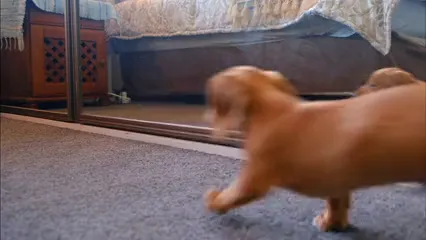
Choosing the Right Location
Indoor vs. Outdoor Spaces
When considering the perfect spot for your small dog’s play area, the debate between indoor and outdoor spaces is real. Each option comes with its own set of pros and cons that can influence your decision.
Starting with indoor spaces—these are convenient, especially during inclement weather. Your pup won’t need to worry about rain or snow ruining their fun. Plus, you can closely supervise their playtime without the fear of them darting out the front door. However, indoor areas can be limited in size, which may restrict their ability to romp freely.
Now, let’s wag over to outdoor spaces. Ah, the great outdoors! Fresh air, sunshine, and plenty of room to run. Outdoor areas encourage natural behaviors, allowing your dog to explore and socialize with other pets. But be mindful of the weather—extreme heat or cold can turn playtime into a no-go zone. Additionally, outdoor spaces require vigilant supervision. You wouldn’t want your little furball to dig under the fence or chase after a squirrel!
Ultimately, assessing your available space, your dog’s activity level, and the weather will help you choose the best setting. Both options can be tailored to meet your pup’s needs. So, what’ll it be? A cozy indoor nook or an expansive outdoor haven? If you opt for the latter, a PetSafe Stay & Play Wireless Fence can provide the perfect solution for keeping your pup safe outdoors!
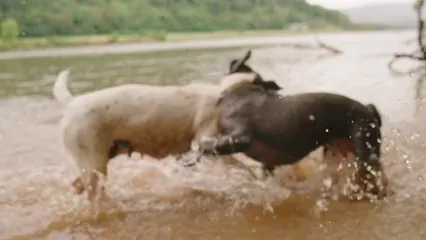
Enclosure Requirements
Your dog’s safety is paramount, and that’s where proper enclosures come into play. When designing their play area, think of fencing or barriers as the first line of defense.
For small dogs, a secure fence height of at least four feet is generally adequate. They may be small, but don’t underestimate a determined pup! Materials like wood or vinyl provide sturdiness, while chain-link can be great for visibility. Just ensure there are no gaps that your sneaky companion might squeeze through.
Additionally, consider digging. Some dogs have a knack for burrowing! Burying the bottom of your fence a foot deep can discourage such behavior. If your play area is temporary or indoors, X-pens can be an excellent alternative. They offer flexibility and can be easily relocated. Speaking of X-pens, check out the PetSafe Dog Playpen for a reliable and safe option!
Remember, the goal is a safe zone where your pup can play without any worries. Invest time in choosing the right materials and structure to keep them secure. After all, a happy dog is a safe dog!
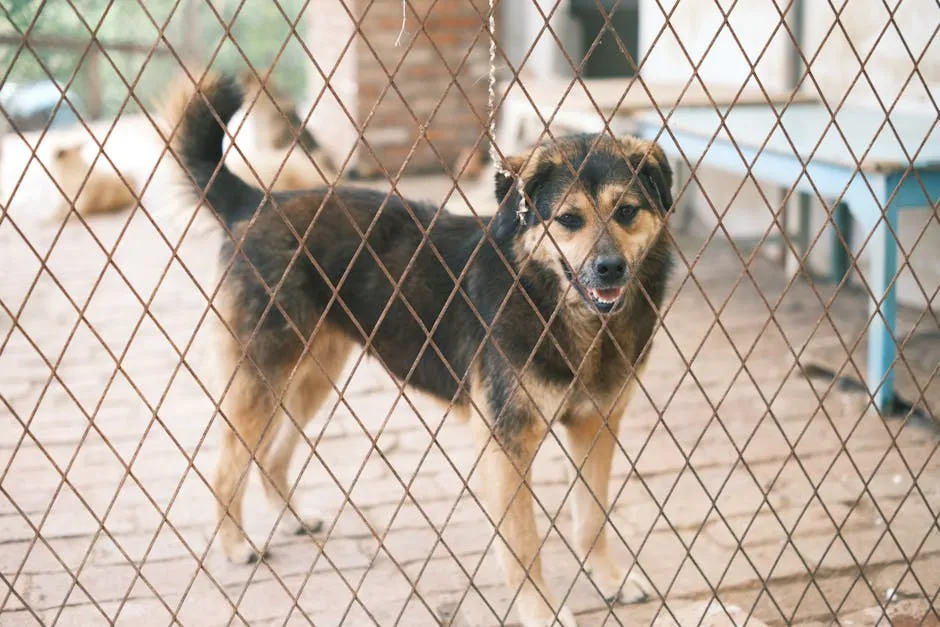
Designing the Play Area
Safe Ground Coverings
Creating a safe and engaging ground surface is vital for your small dog’s play area. The right covering can prevent injuries while enhancing their play experience.
Grass is a popular choice, providing a natural cushion for those zoomies. It’s soft, cool, and enjoyable during playtime. Just keep in mind that maintaining a grassy area requires regular mowing and watering. Plus, watch out for pests like ticks or fleas!
If you’re looking for something low-maintenance, consider rubber mats. These durable surfaces are slip-resistant and easy to clean—perfect for messy playdates. They’ll absorb shock, minimizing the risk of injuries during those high-energy moments. Just ensure the mats are of good quality and designed specifically for pet use. For a great option, check out the AmazonBasics Elevated Pet Bed for a comfortable spot!
Sand can also be a fun addition! It’s an excellent medium for digging and can keep your pup entertained for hours. However, be cautious about cleanliness. Regularly check for any foreign objects and replace the sand periodically to avoid contamination.
Another unique option is artificial turf. This surface mimics grass without the upkeep. It’s easy to clean and won’t become muddy after rain. However, ensure it’s well-drained to prevent puddles from forming.
To maintain safety, inspect these surfaces regularly. Look for any wear and tear, and replace or repair them as needed. A well-maintained ground covering can turn an ordinary play area into a safe paradise for your small dog!
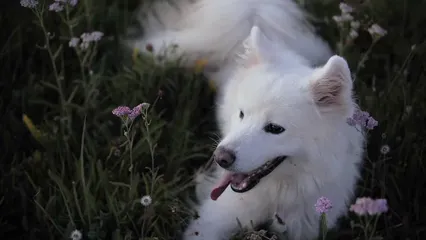
Play Equipment and Toys
Creating a fun play area for your small dog starts with the right toys and equipment. Think agility tunnels and chew toys that ignite their spirits! Agility tunnels not only provide exercise but also a great way to stimulate their minds. Watching your pup dash through a tunnel is like witnessing a mini Olympic performance. For chew enthusiasts, durable toys made from safe materials can keep their little jaws busy and their brains engaged. The TRIXIE Pet Products Agility Tunnel is a fantastic choice for keeping your pup active and engaged!
On a budget? No problem! DIY options can be both fun and cost-effective. Create a simple obstacle course using items like cardboard boxes or old tires. Just ensure everything is safe and sturdy. A repurposed kiddie pool can serve as a digging pit filled with sand, providing endless entertainment. Who knew a little creativity could lead to so much fun?
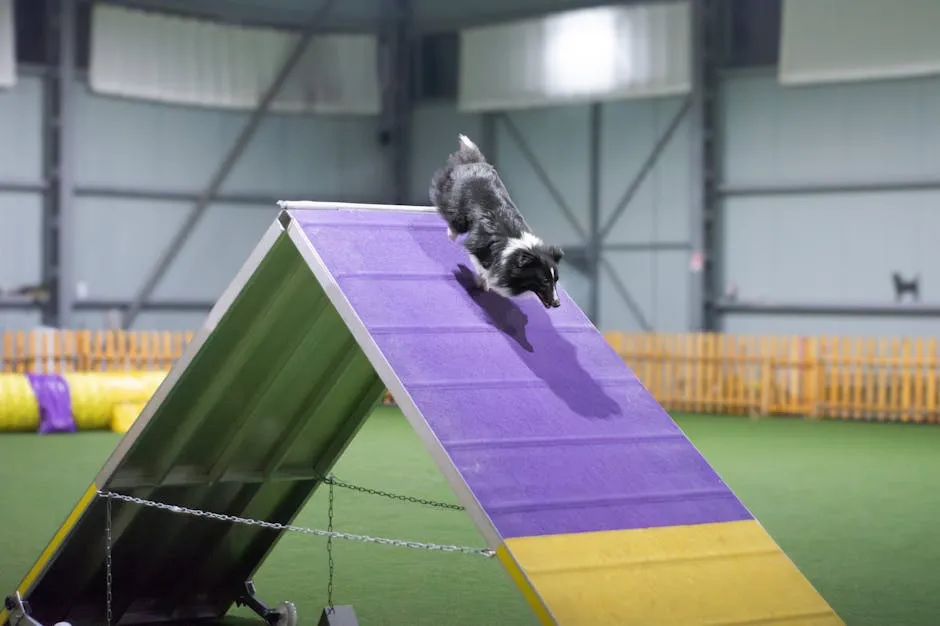
Creating Separate Zones
When designing a play area, consider creating separate zones for various activities. This approach is crucial for your dog’s well-being. One zone can be for active play, while another is perfect for resting or potty breaks. This helps your pup understand where to play and where it’s time to chill.
Accessibility is key. Ensure the zones are easy to navigate. For instance, place the resting area close to the play zone so your dog can take a breather after a spirited romp. Safety should always be in focus; avoid sharp corners or sudden drop-offs in the design. Your dog should feel secure moving from one zone to another.
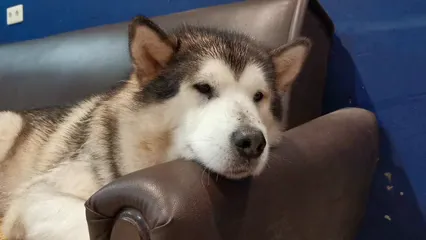
Providing Shelter and Comfort
Don’t forget the importance of comfort! Small dogs need shaded areas to escape the sun’s rays. Create cozy resting spots with plush beds or soft blankets. A shaded corner with a comfy dog bed can become their favorite retreat. Consider the PetFusion Ultimate Dog Bed for the ultimate comfort!
Hydration is equally important. Set up a water station where your pup can easily quench their thirst after playtime. A spill-proof bowl ensures that water stays where it belongs. By providing these essentials, you’re not just creating a play area; you’re crafting a haven for your furry friend to feel safe, relaxed, and happy!
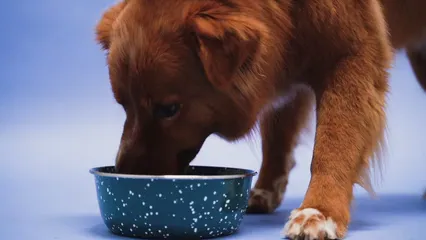
Monitoring and Supervision
Importance of Supervision
When small dogs are in their play area, constant supervision is crucial. These little furballs can easily find themselves in tricky situations! Just like toddlers, they can get into mischief faster than you can say “puppy.” Supervision ensures that they stay safe and enjoy their playtime to the fullest.
Managing interactions is especially important when other pets or children are involved. You wouldn’t want your tiny pup to be overwhelmed by larger dogs or overly enthusiastic kids. Keep an eye on the dynamics and be ready to step in if needed. If a larger dog approaches, intervene and redirect your pup to a more suitable playmate. Create a fun, safe environment by remaining vigilant.
To make supervision easier, consider setting boundaries. Use visual barriers or designated zones within the play area. This way, you can keep track of interactions while allowing your dog to have a blast. Also, teach children how to interact gently with dogs. Explain that not all dogs enjoy roughhousing. Encouraging calm behavior can help create a positive atmosphere for everyone involved.
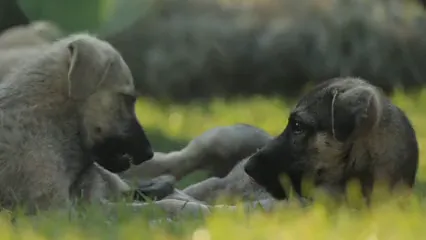
Recognizing Signs of Stress or Aggression
Recognizing signs of stress or aggression in small dogs is essential for maintaining a safe play environment. Watch for body language that indicates discomfort. Is your dog growling, snapping, or hiding? These are clear signals that they need space. Ears pinned back, a tucked tail, or excessive panting can also indicate anxiety.
If you observe these signs, it’s time to intervene. Remove your dog from the situation gently, offering comfort as needed. It’s crucial to create a calm environment where all dogs feel safe. If conflicts arise, step in quickly to diffuse the situation. Separate the dogs and allow them to cool off.
Sometimes, a little break from play can do wonders. After all, even the most playful pups need a timeout! Reinforce positive interactions by rewarding calm behavior. This teaches your dog that being relaxed is just as rewarding as running around.
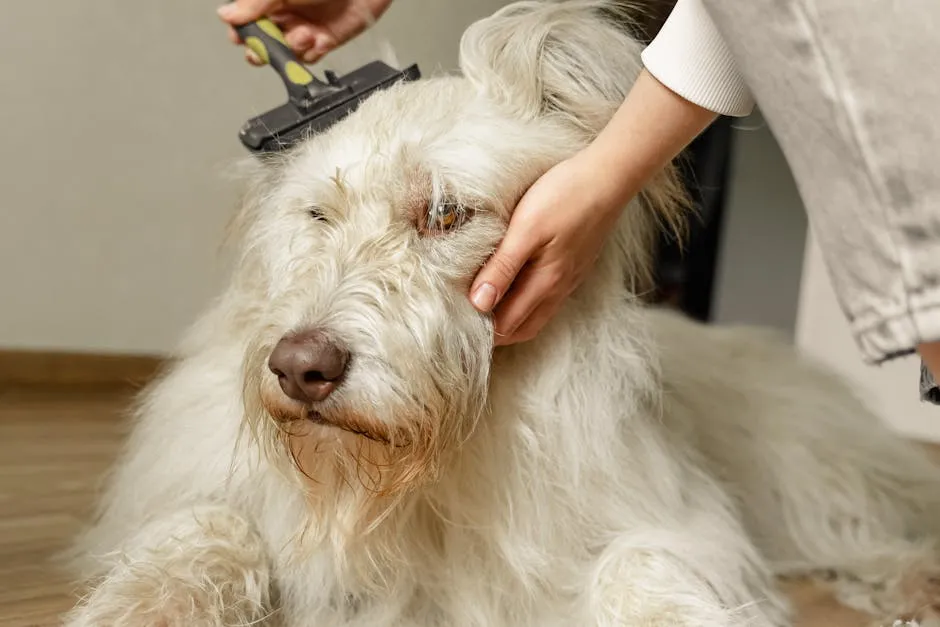
Maintenance of the Play Area
Regular Checks and Cleaning
Routine inspections of your dog’s play area are non-negotiable! Just like you wouldn’t want your kid playing in a messy room, your pup deserves a clean space. Check for hazards like broken toys or sharp objects. A quick sweep can prevent accidents and ensure your furry friend is safe.
Cleaning should also be a top priority. A tidy play area reduces the risk of health issues, like parasites or toxic substances. Regularly remove waste and clean up spills. Use pet-safe cleaners to keep the area fresh and inviting.
Don’t forget about the toys! Ensure they’re in good condition. Toss any that are damaged or pose a choking hazard. Regularly rotate toys to keep things exciting! When your dog sees a “new” toy, it’s like Christmas morning. A clean, safe, and stimulating environment is essential for a happy dog. After all, a little investment in upkeep goes a long way in keeping your pup safe and entertained!
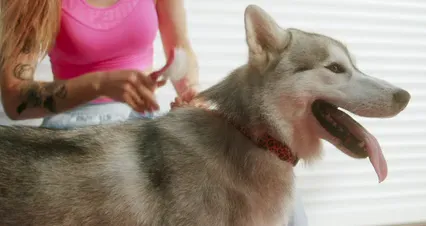
Updating the Play Area
Refreshing your small dog’s play area is essential for keeping their environment stimulating and fun. Just like humans, dogs can grow bored with the same old toys and layouts. So, mix it up a bit!
Start by rotating toys regularly. This gives your dog the thrill of “new” playthings without breaking the bank. You can also introduce seasonal toys—think squeaky pumpkins in the fall or festive toys around the holidays. For a delightful seasonal treat, try the ZippyPaws Donutz Squeaky Toy—your pup will love it!
Next, consider changing the layout of the play area. Move things around every few months to keep your pup guessing. It might be as simple as shifting their favorite bed to a sunny spot or rearranging the toys for a fresh look.
You can also add new features. A small agility tunnel or a fun ball pit can spark excitement. Don’t shy away from the creative side! A DIY digging area can provide endless entertainment. Your dog will love the chance to discover buried treasures.
Overall, regularly updating the play area not only enhances your dog’s enjoyment but also contributes to their mental and physical well-being. Keep the fun alive, and watch your small dog flourish in their ever-evolving playground!
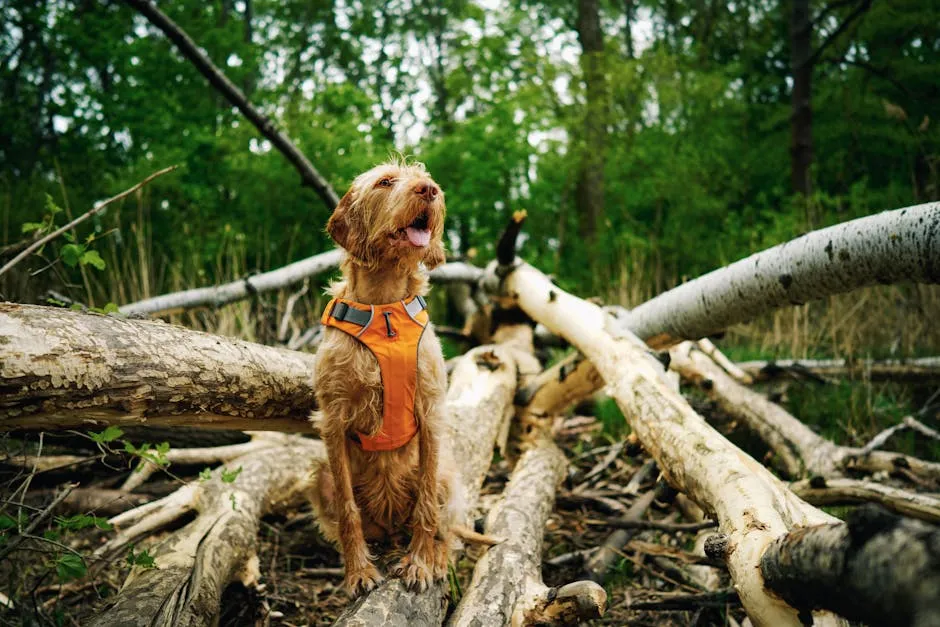
FAQs
What should I include in a safe play area for my small dog?
Creating a safe play area for your small dog involves several essential components. First, a sturdy fence is crucial to keep them contained and secure. Ensure there are no gaps for sneaky escapes! Second, provide a variety of toys that are durable and safe, such as chew toys, balls, and interactive puzzles. Comfort zones are also important; consider adding a cozy bed or shaded area where your dog can rest. Lastly, don’t forget to include water stations to keep them hydrated during playtime!
How can I prevent my small dog from escaping the play area?
Preventing your small dog from escaping the play area requires a few smart strategies. First, inspect your fencing for gaps or weak spots. If they can squeeze through, they will! Consider adding a dig-proof barrier at the base of the fence to deter any burrowing. Using double gates can enhance security when entering or exiting the area. Lastly, keeping your dog engaged with toys and activities can reduce their desire to escape. A happy dog is much less likely to look for a way out!
Can I use my backyard as a play area?
Absolutely, your backyard can be a fantastic play area for small dogs! Just make sure to conduct safety checks regularly. Remove any hazardous items, like sharp tools or toxic plants. Ensure that the grass is free from chemicals, and secure any pools or ponds to prevent accidents. Creating separate zones in the backyard for play, rest, and potty breaks can also keep things organized and safe. With a little effort, your backyard can be a safe haven for your furry friend!
What are some signs that my dog is unhappy or stressed in their play area?
Recognizing signs of stress in your dog is vital for their well-being. Watch for behaviors such as excessive barking, whining, or hiding. A tucked tail, pinned ears, or a lowered body posture usually indicates discomfort. If your dog seems disinterested in play or is constantly looking for an escape, it might be time to reassess their environment. Addressing these signs promptly can help create a more comfortable play area for your pup.
How often should I change or update the play area?
Updating your dog’s play area every few months is a good rule of thumb. This can include rotating toys, changing the layout, and adding new features. Keeping the play area fresh ensures that your dog remains engaged and stimulated. Regular updates can also help prevent boredom, which may lead to undesirable behaviors. So, don’t hesitate to refresh their space often—it’s essential for their mental and physical health!
Please let us know what you think about our content by leaving a comment down below!
Thank you for reading till here 🙂
All images from Pexels

